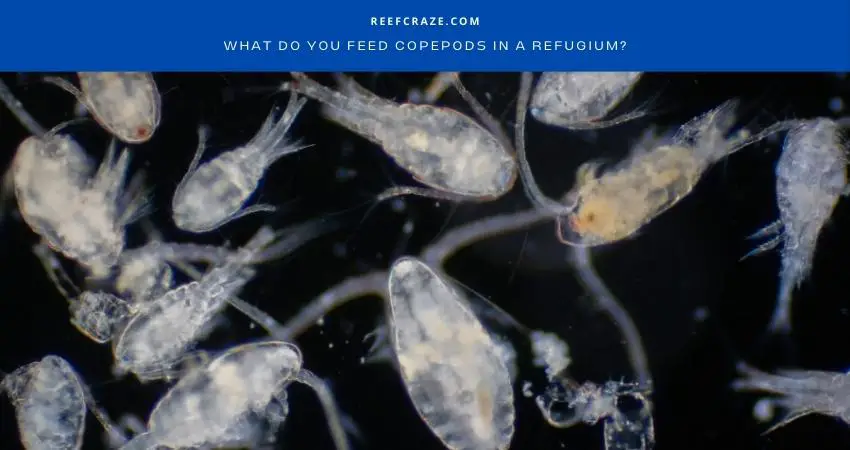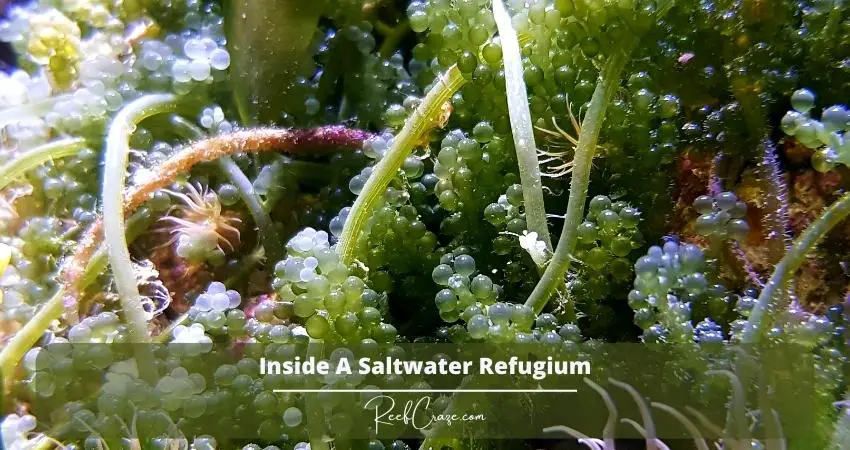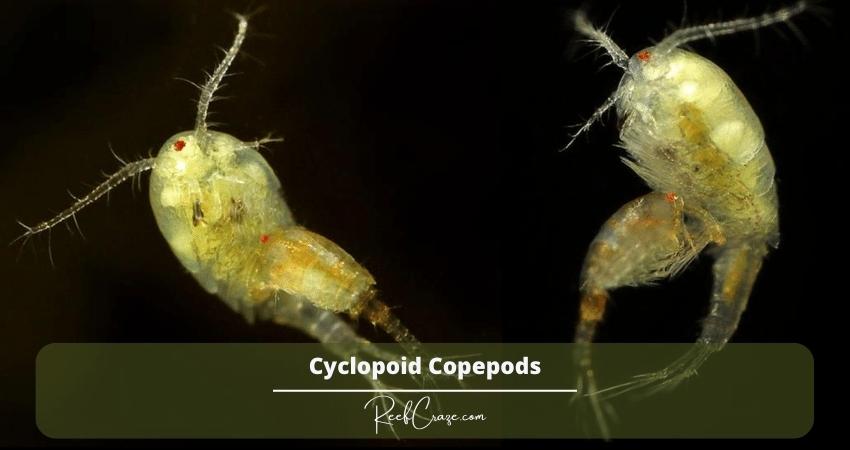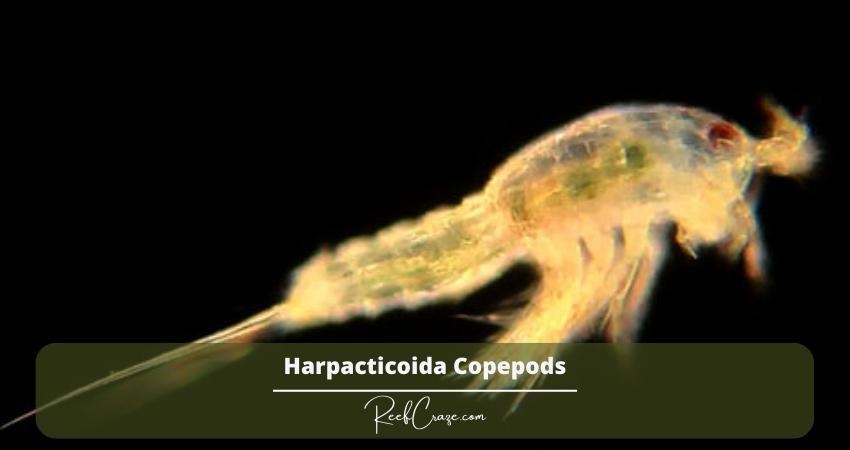If you have a refugium set up to improve your fish tank’s environment, you would want to ensure the best of everything. And one of the things that affect the refugium’s ecosystem and tank life is copepods. Cultivating copepods is highly beneficial but requires providing them with the best food to help them grow well. But what do you feed copepods in a refugium?
Copepods do not have a particular feeding choice as they eat anything from fish food and tank algae. But if you want to boost copepod health and provide them with more nutrition, you can give them phytoplankton. You do not need to overfeed copepods as they do not consume more than what they need.
Feeding and maintaining copepods is not a hassle. But to understand how feeding them works, you can learn the essential information regarding copepod characteristics and culture. And you will find them all here in this article.

What Exactly Are Copepods?
Generally, copepods are a food source for tank or saltwater fish. They are tiny crustaceans that vitally influence the marine food chain system. Copepods live on phytoplankton, detritus, and aquatic animals called rotifers.
And along with saltwater, copepods are also found in freshwater, making them an excellent food and nutrition source for any fish. Copepods generally live in wet places, such as spring, bogs, under the leaves in forests, ponds, puddles, etc. They also prefer living underground, in sinkholes and caves.
When a copepod egg hatches, it takes a nauplius form, something that only has a head and tail but no abdomen area. A copepod’s size ranges from 0.2 mm to around 20 centimeters as they grow fully mature.
What Do You Feed Copepods In A Refugium?
Before you worry about feeding the tank or refugium copepods, let me assure you that feeding them should be the last of your worries. You do not need to get pellet food or anything like that for copepods. If you have a well-set aquarium with fish, you already have everything copepods need to eat and live.
Copepods eat fish food, algae, detritus, or anything that they can find in the tank. But if you want to provide them with different food to help them grow well and fast, you can give them phytoplankton.

There is a misconception regarding feeding copepods phytoplankton that they discourage them from eating other things like algae or detritus. But the result is quite the opposite because giving phytoplankton encourages the copepods to eat more.
One of the perks of providing phytoplankton is that they are a food source not just for copepods but also for snails and other living creatures inside the aquarium. And you should know that copepods do not overeat, meaning even if you give them more food, they will not eat more.
You might find it challenging to understand how much food you should give the copepods at first. You can experiment with the amount for some time to know how much food is enough for them.
Classifications Of Copepods
Copepods have thousands of species, and scientists and specialists have divided them into various groups and categories. Here are the main categories of copepods.
Calanoids

The vastly found copepods in the marine environment are Calanoids. They are more like barren-shaped and are herbivores. Among the three different types of copepods, calanoids grow the largest.
Because of their pelagic life, Calanoid copepods are considered to be high-quality food for juvenile fish and larval. Calanoids have a peculiar movement, which appears more like a jerky movement.
Thus, they end up attracting more fish as they move around. And despite their nutritious value, calanoids are the most challenging to cultivate.
Cyclopoids

The most significant part of cyclopoid copepods is their large antennae. It is one of the features that make it easier to distinguish them from other classes. Furthermore, cyclopoids have fork-like tails and a pear-shaped body.
Cyclopoids are highly omnivorous. So they thrive on anything they find, from organic matter and water columns to bacterioplankton. Unlike Calanoids, Cyclopoids are tinier in size even when they mature fully.
The most impressive thing about cyclopoids is that they can adapt to drought or freezing weather. That is possible mainly because they can live in semi-closed or closed water bodies. Cyclopoids can be found in both freshwater and saltwater in pelagic and benthic forms.
Another characteristic of cyclopoids is that the female ones are high in productivity. A female Cyclopoid can produce 15 pairs of egg sacs throughout its lifetime. And each of these sacs contains about 50 eggs.
Harpacticoida

Harpacticoida copepods are quite different from the other two groups in terms of appearance. Instead of barrel or pear-shaped, they have elongated body shapes. One of the fascinating things about these copepods is that they have the habit of pelagics.
However, they have a lifestyle of benthic as adults as they settle onto substrates. And regarding food habits, Harpacticoidas are detritivorous, meaning they feed on dead and decomposing matter.
But if they encounter microbiological films, they would not mind feasting on them. And of all three, Harpacticoidas are the ones that can breed well in a captive environment.
Frequently Asked Questions
How often should I feed copepods?
How long can copepods go without any food?
How often should I add copepods?
How can you make copepods live longer?
Can you keep copepods without a refugium?
How long do copepods live?
Final Words
Now you can see that all copepods are not the same. Based on their types, their food habits also vary. So what do you feed copepods in a refugium?
Well, though most copepods survive on organic matter and algae, you can also give them food based on their types. It helps copepods thrive in the refugium and bring a vital change to your fish tank environment and ecosystem.
